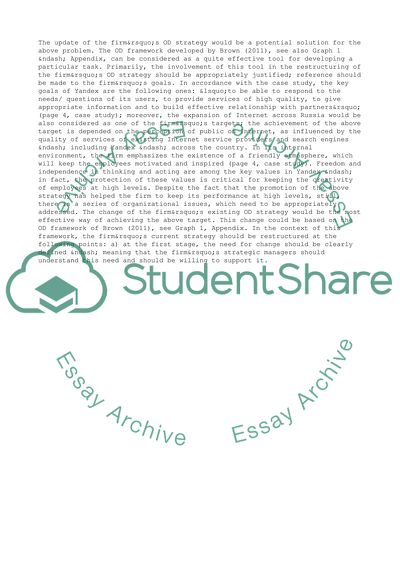Cite this document
(Organisational Culture Change of Yandex Case Study - 2, n.d.)
Organisational Culture Change of Yandex Case Study - 2. Retrieved from https://studentshare.org/management/1752758-critically-evaluate-one-approach-to-organisational-culture-change-yandex-case-study
Organisational Culture Change of Yandex Case Study - 2. Retrieved from https://studentshare.org/management/1752758-critically-evaluate-one-approach-to-organisational-culture-change-yandex-case-study
(Organisational Culture Change of Yandex Case Study - 2)
Organisational Culture Change of Yandex Case Study - 2. https://studentshare.org/management/1752758-critically-evaluate-one-approach-to-organisational-culture-change-yandex-case-study.
Organisational Culture Change of Yandex Case Study - 2. https://studentshare.org/management/1752758-critically-evaluate-one-approach-to-organisational-culture-change-yandex-case-study.
“Organisational Culture Change of Yandex Case Study - 2”. https://studentshare.org/management/1752758-critically-evaluate-one-approach-to-organisational-culture-change-yandex-case-study.


